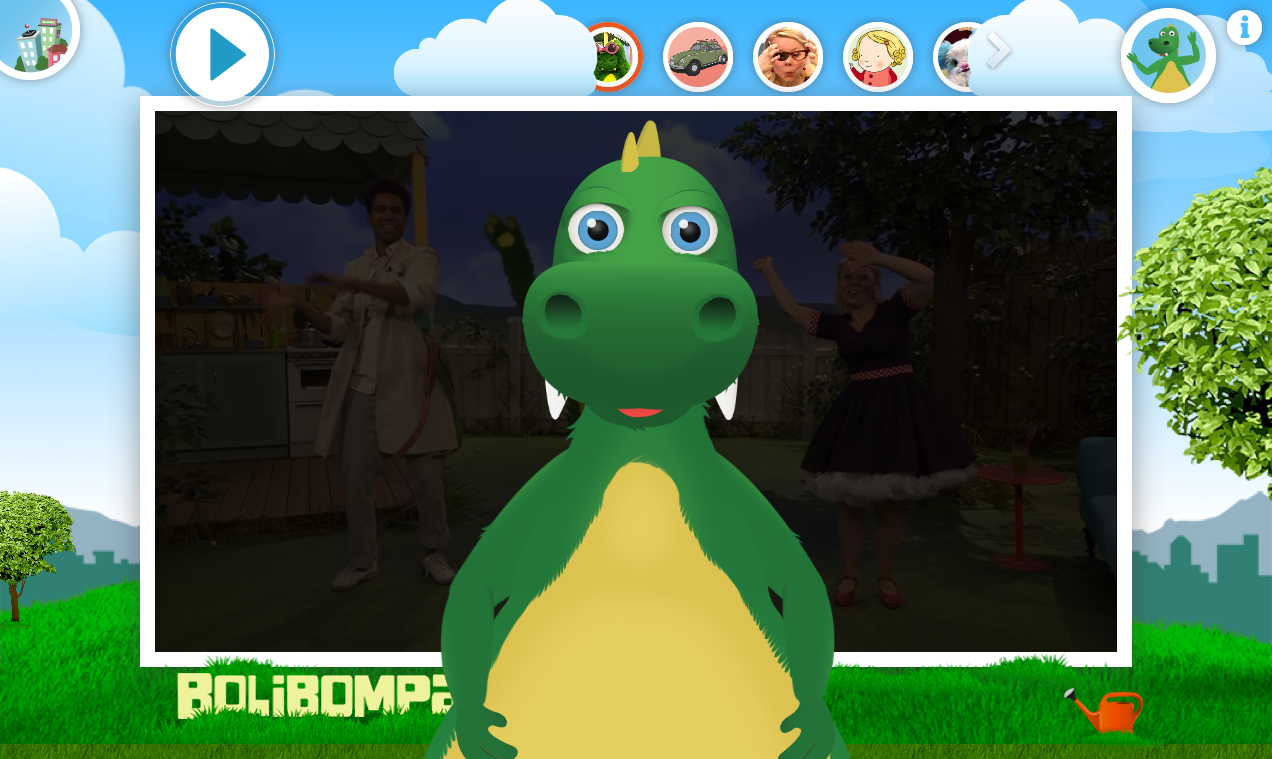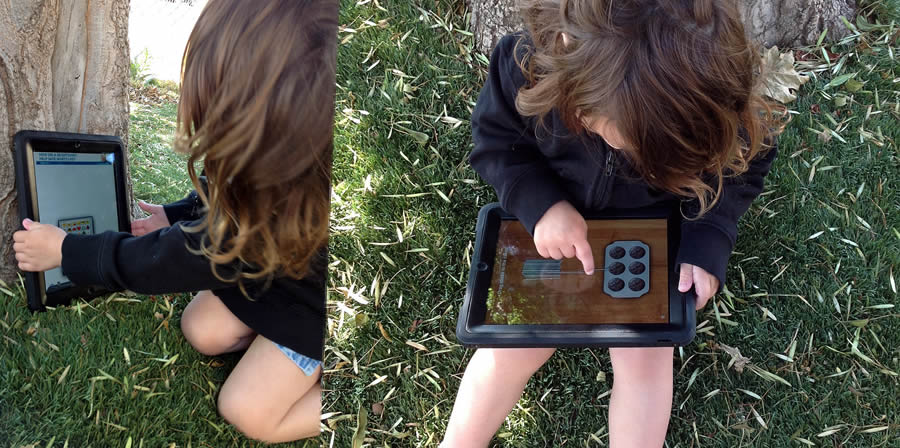In the first of a series of posts about Content Types I define the terms content types, content repository, goal, information architecture and organizing principle as a foundation for coming posts.
A few of my assumptions:
– I use the term content types to mean for example “movies”, “photos”, “illustrations”, “maps”, “publications”, “PDF files” and “videos” as published in a content repository.
– I use the term content repository to mean a digital artefact such as a web site or an app or a physical artefact or service such as a library, a call center or a brochure stand.
– Persons come to content repositories with varying, but very specific, goals. The goal of a web site visit can be to share a moment from ones life (twitter.com), get answers to a question (orkideprat.se), find info on a topic (wikipedia.org), get updated with the latest news in a specific area (news.com), etc.
– Each visit to a content repository is usually initiated with one goal in mind. The visit can then include further activities if the repository manages to convince the vistor to act (Facebook is great at this, Wikipedia does not even try).
– An information architecture is the collection of organizing principles for a content repository. On the web it is often shown in the menu system, in filter and sort tools and to some degree in search results.
– An information architecture can be based on many different organizing principles. For example an interior decoration e-commerce app can be organized around a taxonomy of types of furniture (beds, chairs, tables), room types (kitchen, bedroom, livingroom), color of the items, era of the design (1920’s, 1950:s, contemporary) or a more abstract concept such as “furniture from famous rehab clinics”.
Tomorrow: Information architecture based on Content type.


